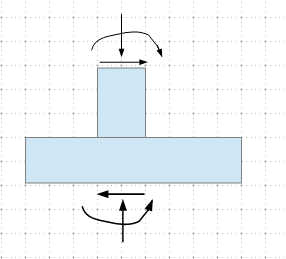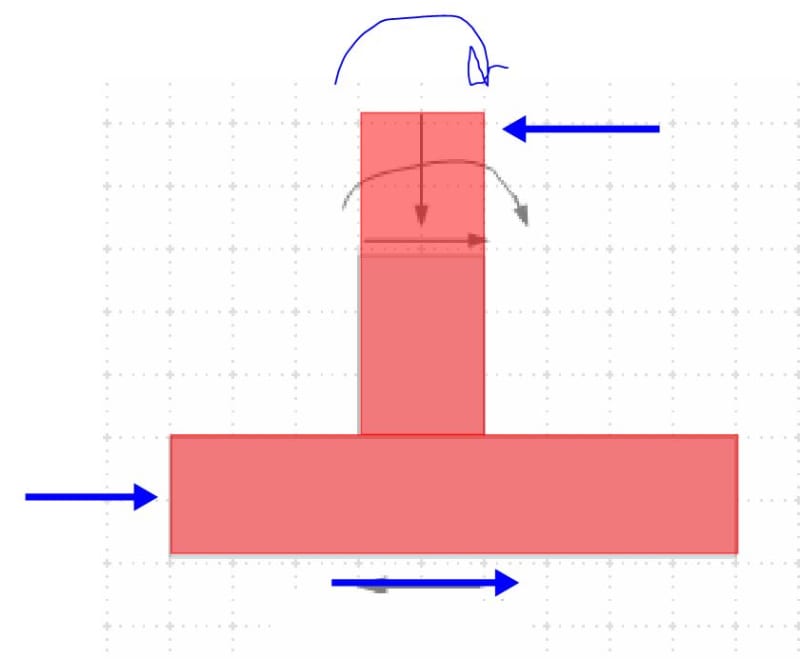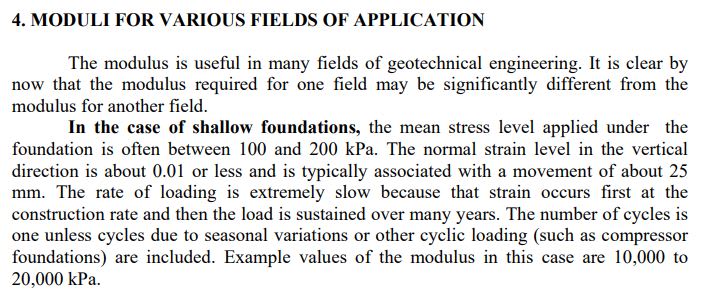RabitPete
Structural
- Nov 24, 2020
- 109
It might seem a like a silly question, but for some reason I am stuck thinking about it. Lets consider a typical PEMB portal frame designed to handle lateral loads. It is always designed with columns pinned at the base. However in reality those anchors will develop some moment capacity, and certain minimum is even required to satisfy OSHA rules. How do we prevent lateral loads from loading those anchors? I modelled the connections and then used resultant stiffness to analyze moment frame instead of using pined ends. Turned out a substantial moment (nearly a third in my example) is transferred to the foundation which nobody ever designs to resist.
Since anchorage was not designed to handle that much of a moment, would not it fail first, before the moment frame takes on the full load? And at that point compromised anchorage can no longer resist shear forces it was designed for? Or is it assumed that with enough ductility, anchorage stiffness will decrease drastically once inelastic region is reached and nearly full load will redistribute back to the moment frame? If that is the case, would not it cause a fatigue failure after repetitive cycles?
Since anchorage was not designed to handle that much of a moment, would not it fail first, before the moment frame takes on the full load? And at that point compromised anchorage can no longer resist shear forces it was designed for? Or is it assumed that with enough ductility, anchorage stiffness will decrease drastically once inelastic region is reached and nearly full load will redistribute back to the moment frame? If that is the case, would not it cause a fatigue failure after repetitive cycles?




